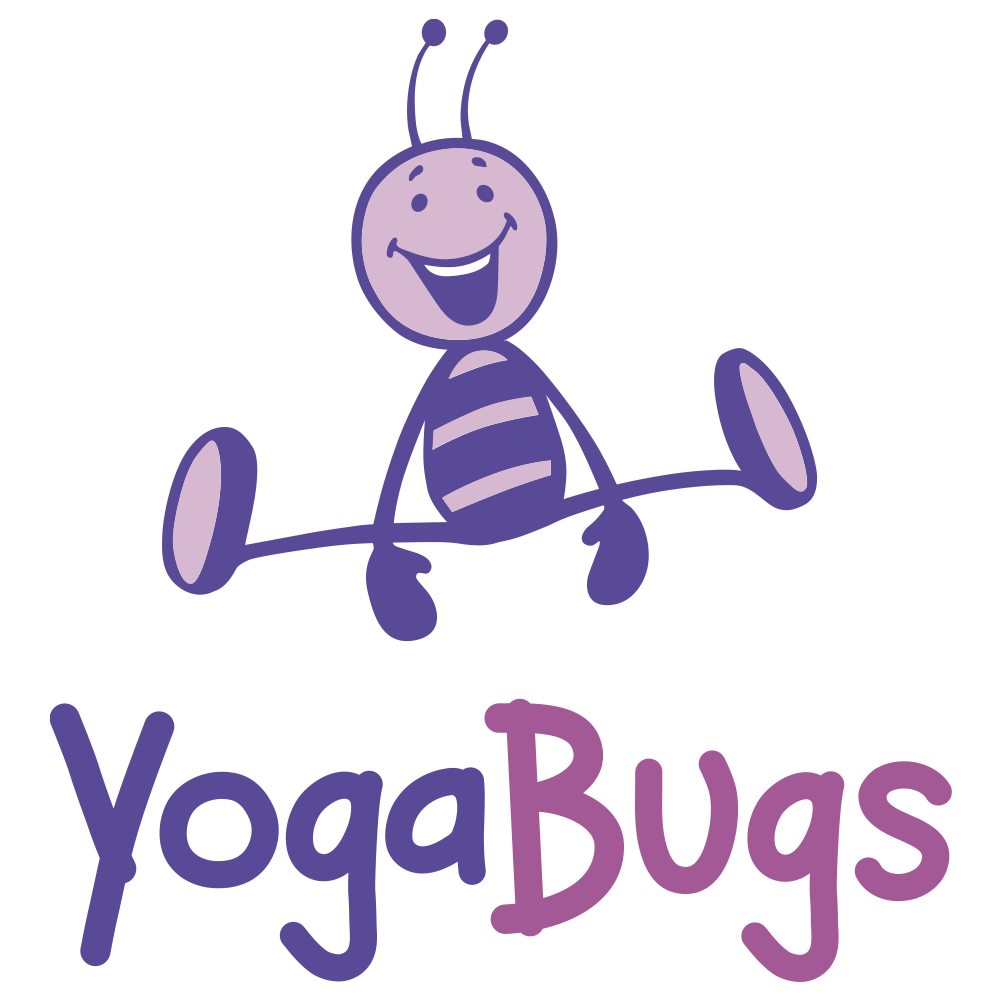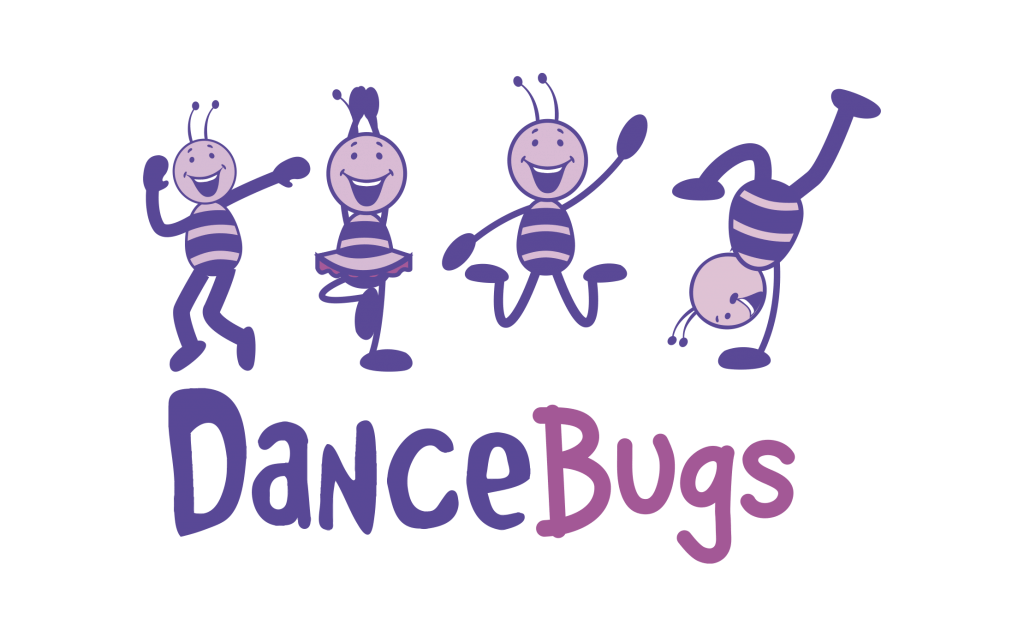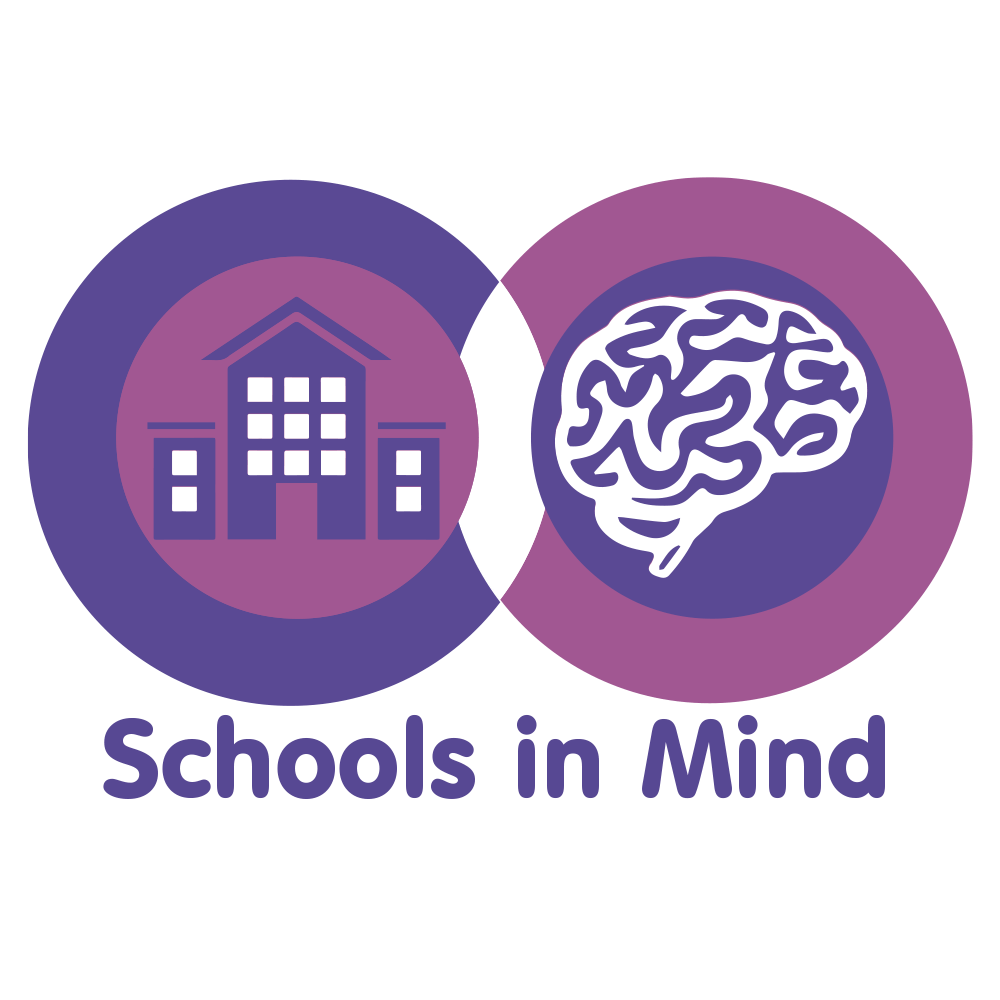Yoga is a practice that has been gaining popularity in recent years for its many physical and mental health benefits. But did you know that yoga can also be beneficial for children with autism? In this blog post, we’ll explore how yoga can help children with autism and provide tips for parents and caregivers who want to incorporate yoga into their child’s routine.
What is Autism?
Autism Spectrum Disorder (ASD) is a neurodevelopmental disorder that affects communication, social interaction, and behaviour. Children with autism often have difficulty with sensory processing, emotional regulation, and attention, which can make everyday activities challenging.
What is Yoga?
Yoga is a practice that originated in India thousands of years ago. It involves physical postures, breathing techniques, and meditation to promote physical and mental health. Yoga has been shown to reduce stress, anxiety, and depression, as well as improve strength, flexibility, and balance.
How can Yoga Help Children with Autism?
Yoga can be a valuable tool for children with autism for several reasons:
Sensory Integration: Many children with autism struggle with sensory processing, which can make them feel overwhelmed or overstimulated. Yoga can help children with autism learn to regulate their sensory input, which can improve their ability to focus and learn.
Emotional Regulation: Children with autism may have difficulty understanding and expressing their emotions. Yoga can teach children how to recognize and regulate their emotions, which can improve their social and emotional skills.
Motor Coordination: Children with autism often have difficulty with motor coordination, which can affect their ability to participate in physical activities. Yoga can help improve motor skills and coordination, which can improve their overall physical health.
Yoga is a physical activity that is not only non-competitive but is also all-inclusive – meaning children can develop at their own pace and not feel ‘pressured’ to win or progress quickly. By combining simple yoga postures with breathing exercises and relaxation techniques, a foundation can be built for autistic children to help grow and thrive.
This combination of breathing and relaxation allows children to focus their mind and the movements of their body, improving their mobility, memory, and communication skills. Research Autism also believe that yoga can be a useful way to help autistic children improve their behaviour and social skills, as they begin to imitate others.
The work YogaBugs are doing
Through working in thousands of schools via a virtual programme across the UK, YogaBugs are getting lots of autistic children physically active and aiming to help provide them with greater support. YogaBugs sessions differ from regular yoga sessions, as children do not just learn poses, but follow stories and adventures to become more engaged. Autistic children enjoy routines, familiarity, and stability – so following structured stories can help them understand sessions easier.

Children with autism may feel extreme anxiety and stress for several reasons during school. YogaBugs sessions help children to relieve this stress and anxiety, whilst boosting their confidence and self-esteem levels – which in turn helps to reduce their behaviour levels. Children will gain a sense of belonging within their class through joining in the same activity together and by following stories, help focus on their listening and social skills/interactions.
For more information on YogaBugs virtual please visit our website here. World Autism Awareness Week is focused on raising awareness of autism, so that more and more people can help support and understand those with autism. This is especially important within schools to help reduce bullying. Please visit the National Autistic Society to find out more information and how you can get involved.
Tips for Parents and Caregivers
If you’re interested in incorporating yoga into your child’s routine, here are some tips to get started:
Start Slowly: Introduce yoga gradually and allow your child to participate at their own pace. Start with simple poses and breathing exercises and gradually build up to more challenging poses.
Make it Fun: Make yoga fun and engaging for your child. Use games, music, and props to make the practice more enjoyable.
Be Patient: Children with autism may take longer to learn and master new skills. Be patient and supportive as your child learns yoga.
In conclusion, yoga can be a valuable tool for children with autism. By promoting sensory integration, emotional regulation, and motor coordination, yoga can help children with autism improve their overall health and well-being. If you’re interested in incorporating yoga into your child’s routine, start slowly, make it fun, and find a qualified instructor to provide guidance and support. With patience and persistence, yoga can be a powerful tool for helping children with autism thrive.












